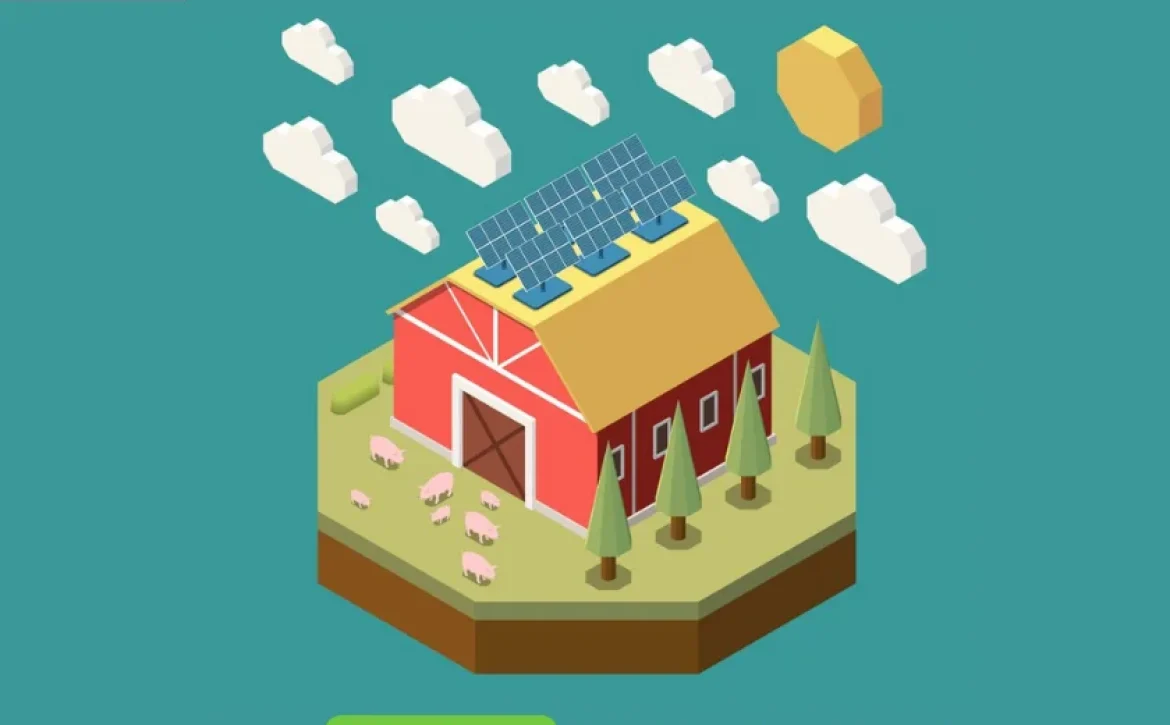Does Solar Power Work on Cloudy Days?
While solar technology has become more widespread, it comes with a big elephant in the room: does solar power work on cloudy days?
After all, people investing large sums of money on solar power won’t be thrilled by the prospect of being without electricity when it starts raining. Let us see what are your options on rainy days if you have gone all solar in your residential or commercial establishments.
Solar Panels and Cloudy Days
Solar panels are the foundation of solar energy systems, harnessing the power of the sun to generate electricity. When sunlight strikes the photovoltaic cells of a solar panel, it sets off an amazing chain reaction. Photons, the small particles of solar energy, activate electrons within cells, causing them to move.
These charged electrons generate a flow of electricity, known as direct current. To make this energy usable in homes and businesses, an inverter transforms direct current (DC) to alternating current (AC), which powers our appliances and lighting.
Contrary to the popular assumption, solar panels are not just dependent on direct sunshine. While it undeniably performs best when there is strong, clear sunshine, solar panels can still perform under a variety of lighting situations. Even on foggy days, solar energy passes through the clouds, allowing photovoltaic cells to continue generating power.
Cloud cover does have a noticeable impact on solar energy output, but it does not bring it to a complete halt. What actually happens is that the intensity of sunlight hitting the panels decreases, resulting in a loss in efficiency. The magnitude of this decrease varies according to the type of clouds (yes, there are different types of clouds).
Thickness of the cloud cover, and the quality of solar panels being used also have their say on the proceedings. High-quality panels with modern technology operate better in diffused light, resulting in more constant energy output even when the sky is cloudy.
Several other factors affect solar panel efficiency on overcast days, such as, the angle at which the solar panels have been installed, and the geographical location (some areas receive a more intense sunshine than others) all influence total performance.
Investing in high-efficiency panels and placing them strategically can help to offset the impact of overcast weather on energy output. Furthermore, technical developments like anti-reflective coatings and better cell designs increase a panel’s capacity to catch and convert available sunlight, resulting in a more constant output even under subpar conditions.
Solar Panel Technologies for Cloudy Weather
Solar technology has come a long way toward overcoming the obstacles posed by gloomy weather. In this section, we’ll look at modern solar panel technologies that increase efficiency, making them ideal for areas with regular cloud cover.
High-Efficiency Panels and Cloudy Weather:
Solar tech keeps evolving at a breakneck pace, and newer solar panels provide higher efficiency and a boosted energy output, especially under less-than-ideal weather situations. Unlike regular panels, which may see a significant decline in production on overcast days, high-efficiency panels are intended to provide more constant performance. This makes them an appealing option for locations prone to gloomy skies.
Enhanced Light Absorption with Specific Solar Cells:
The type of solar cells used in solar panels has a significant impact on their efficiency under overcast situations. Some sophisticated solar cells are designed to catch a greater range of UV radiation that goes beyond the visible spectrum. These cells have the ability to convert a wider spectrum of wavelengths, including red and blue, into energy. This increased light absorption capabilities enables them to work effectively even in adverse weather conditions, resulting in more consistent energy output.
Innovative “Backside Mirror” Technology:
One of the most recent advancements in solar panel technology is the incorporation of a “backside mirror” in specific cells. This invention enables increasing photon absorption and, as a result, improved energy generation.
The backside mirror is a thin sheet of aluminum carefully positioned to reflect part of the light photons that are not absorbed during their first transit through a cell. This second opportunity at absorption leads to a more effective conversion of sunlight into energy, particularly when sunlight penetration is limited owing to cloud cover.
The incorporation of a backside mirror increases the endurance of solar panels, allowing them to capture more energy from available sunlight. This invention helps to overcome the problems given by overcast climes, making solar power a feasible and effective choice even when the sun’s rays are partially blocked.
Ultimately, advancements in solar panel technology, such as high-efficiency panels and unique features like the backside mirror, demonstrate solar power’s flexibility to changing weather circumstances. These technical advancements not only boost energy production on overcast days, but also help to ensure the long-term sustainability and durability of solar energy systems.
Solar Panels in Different Weather Conditions
Solar panels are frequently associated with bright and sunny settings, leading to the prevalent assumption that they require high temperatures to perform well. However, solar panels not only operate effectively in bright settings, but also perform admirably in cold weather.
Solar panels perform best in bright settings because sunlight supplies the energy required to start the photovoltaic process. However, it’s important to note that solar panels don’t always require hot temperatures. In some cases, solar panels can perform more efficiently in lower temperatures. Cold weather can improve the conductivity of the panels, allowing electrons to travel more easily and so increasing the overall efficiency of the solar system.
The effect of temperature on solar panel efficiency is an important factor to consider. In general, solar panels’ efficiency decreases as temperatures rise. This may appear contradictory considering the link of solar electricity with sunshine and warmth. However, the lower efficiency at higher temperatures is mostly owing to the semiconductor features of the solar cells.
In colder climates, solar panels can work more efficiently. Cold temperatures increase the conductivity of semiconductor materials, allowing for more effective conversion of sunlight into energy. It is vital to note that the temperature response varies depending on the type of solar panel and technology used.
Solar Panels in the Shade
Partial shading can significantly reduce the efficiency of solar energy output. It occurs when shadows from trees, buildings, or other structures fall on solar panels.
This shadowing disturbs solar cells’ consistent exposure to sunlight, resulting in uneven electricity generation. The shaded cells create less power, resulting in a bottleneck in the solar panel’s overall production. The “partial shading effect” is a phenomenon that can reduce the solar system’s total energy production.
Solar systems are carefully designed to reduce the harmful impacts of shade. One typical method is to divide the solar array into smaller parts or strings. This ensures that the influence of shading on a single segment does not affect the entire system. This method is especially useful in residential solar installations where shadowing from nearby structures or plants may be an issue.
Additionally, modern solar system designs use bypass diodes. These diodes divert current around darkened or underperforming cells, allowing unaffected cells to continue producing energy effectively. As a consequence, even if a piece of the solar panel is shaded, the system may still generate power.
Microinverters play an important role in overcoming shading issues in solar systems. Unlike standard string inverters, microinverters are built onto each solar panel. This implies that each panel runs independently, maximizing its performance regardless of the shading on neighboring panels.
In a typical string inverter system, shading one panel affects the performance of the entire string. Microinverters, on the other hand, guarantee that the shaded panel performs to its full capability. This personalized method not only avoids shadowing from completely stopping energy production, but it also improves the overall efficiency of the solar system.
Microinverters also provide real-time monitoring, allowing homeowners and solar installers to discover and correct shading concerns quickly. By identifying the exact panels impacted by shading, modifications may be made to improve system efficiency and assure constant energy output.
While shading can act as a barrier for solar energy generation, advances in solar system architecture, such as the use of bypass diodes and microinverters, have considerably alleviated these impacts.
Rainy Days and Solar Panel Efficiency
Rainy days frequently raise concerns about the efficiency of solar panels. Let’s disprove the misconception and see how solar panels cope in the rain.
Contrary to popular misconception, solar panels are not rendered obsolete when it rains. Even through rain clouds, ultraviolet (UV) rays can reach the solar panels. These rays are vital in the photovoltaic process, which converts them into energy. While the intensity of sunshine is clearly diminished during rainy days, solar panels may still use UV rays to create electricity.
Rain is a natural ally for solar panels. It wipes the photovoltaic surfaces clean of previously accumulated dust or debris, in addition to supplying UV rays. Raindrops sweep away dust and particles that have formed on the panels. This cleaning effect is very useful for maintaining the efficiency of solar panels.
Solar energy generation can become erratic during periods of heavy rain or lengthy cloud cover. However, advances in solar technology, such as inverters and battery storage systems, have alleviated these issues. Innovative technologies, such as efficient energy storage and intelligent inverters, serve to mitigate the effects of weather-related changes, resulting in a more consistent energy production.
While the solar panel energy output may temporarily decrease under heavy rainfall or gloomy circumstances, it is important to remember that rain adds to the longevity and effective functioning of the solar panel system. Rain cleans solar panels, allowing them to operate optimum when the skies clear.
结论 :
Contrary to the popular belief, solar panels work best in sunny, colder climates. This should dispel concerns about the viability of solar power in locations with typically overcast or cold temperatures, reaffirming the notion that the cost of energy, rather than the frequency of cloudy days, is the most important element in calculating solar savings.
The increasing effectiveness of solar panels under varied weather situations demonstrates the endurance of solar energy systems. While weather conditions have an influence on the efficiency of solar panels, the overall advantages far surpass the occasional problems offered by overcast days or rain.
Contact us for any personal query. 智能能源间隙 is one of the leading companies that offers complete solar energy solutions.


